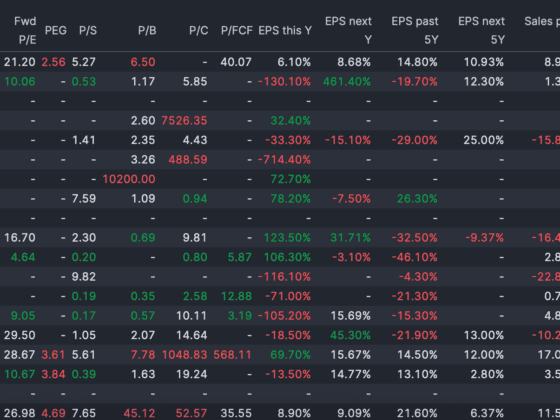So, you want to build a large sum of money to power you through your retirement. Let’s face it everyone wants to retire rich. the steps you take early in life can determine a comfortable requirement or one that spent working
I’ve always been asked the question “How much should I be putting aside” ad there is no one answer to this question. it depends on what you want to have when you retire. I’ve used simple %100 examples below to illustrate my point
Investing $100 monthly in your
| Age group | 20’s | 30’s | 40’s | 50’s |
| Investment/month | $100 | $100 | $100 | $100 |
| Total Invested by retirement | $48,000 | $36,000 | $24,000 | $12,000 |
| Total funds at retirement if Compounded Annually | $144,900 | 79,700 | $39,600 | $15,000 |
| Total funds at retirement if Compounded Semi-Annually | $149,000 | $81,500 | $40,400 | $15,300 |
Investing your savings to build your retirement fund
Assumptions
- Money is put into an investment instrument
- The investment earns 5% annually
- You plan to retire at 60
- Compounding is annual
- We don’t take into account taxes, fees, etc.
So how can you achieve this
Starting early is always the key to big investment gains.
Imagine these numbers with a saving of $500 with a semiannual compounding will return in $745,000 and with a $1000 per month you retire with $1,490,000
Avoid some of the mistakes people make in their 20s
Stick with your investment
Find the right low-cost, high-return, risk-appropriate investment for you, and stick with it. Financial advisers have a habit of trying to get you to close existing investments and buy a new policy from them. I have fallen prey to this many a time. These days you can invest in ETFs and stocks directly.
Compounding is the key
Money made on your money is good. Money made on your interest is so much better. If you start early you give the power of compounding a chance to grow your money as nothing else can. I’m sure you’ve heard this from many of your friends and advisers. The table above shows you the power of it







